Traffic Signals
- 1/15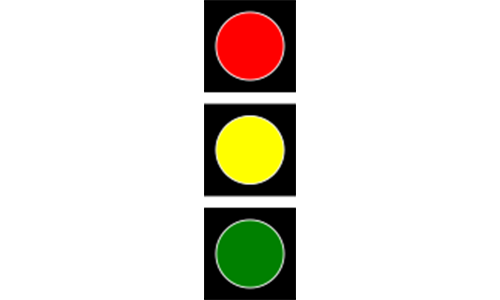
Standard signal with red, yellow, and green lights. Red = stop, yellow = prepare, green = go.
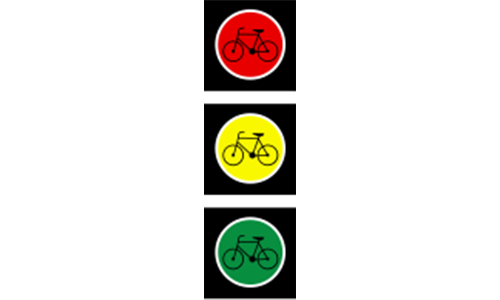
Right turn allowed on green arrow even if main light is red. Used at intersections with filtered turns.
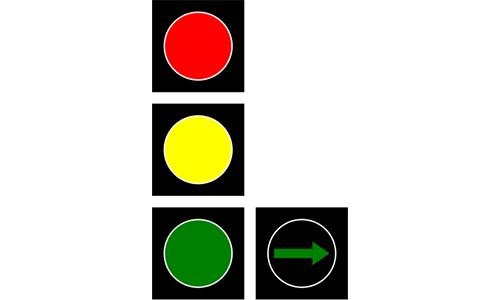
A red arrow pointing left prohibits turning left. This overrides general green lights for left-turning traffic.
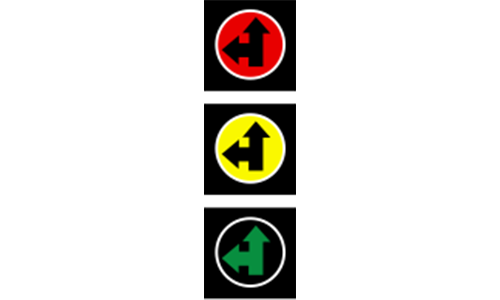
A green upward arrow allows only straight movement. Other directions may remain restricted by red lights.
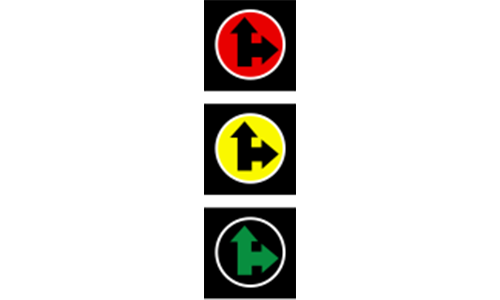
A yellow left arrow warns that the protected left phase is ending. Drivers should prepare to stop.
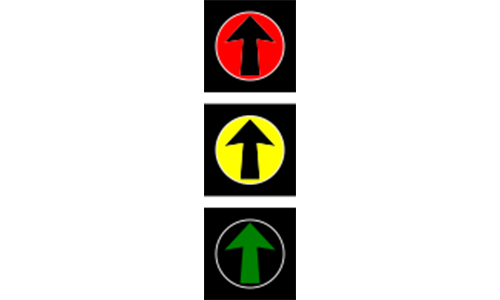
Allows a dedicated, protected left turn. Other traffic is stopped to permit safe turning.
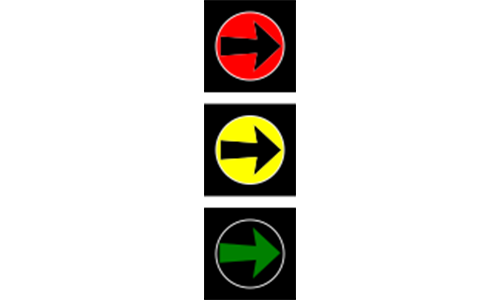
Right-turning vehicles may proceed safely. The green arrow ensures no crossing traffic.
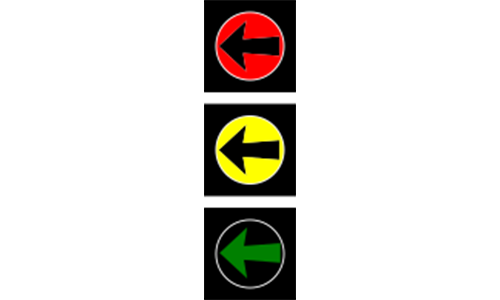
Warns that the protected right-turn signal is about to end. Drivers should proceed with caution.
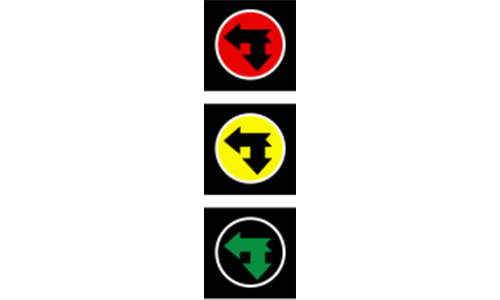
Indicates the protected straight movement is ending. Used before reverting to general signal.
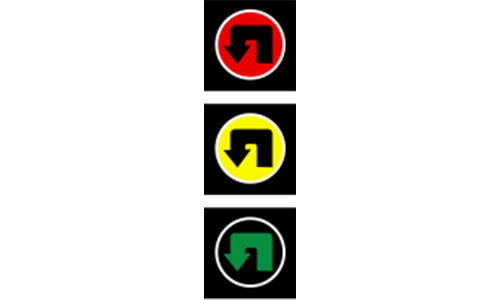
Prohibits straight-ahead driving when the red upward arrow is active. Overrides general green light.
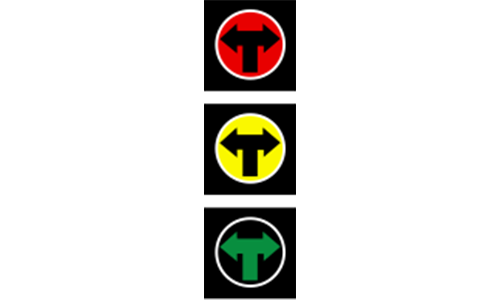
A red right arrow means right turns are not permitted. Common at pedestrian-heavy or restricted junctions.
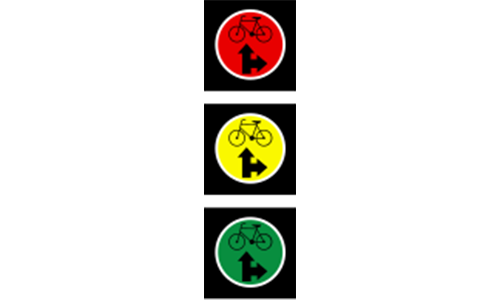
Permits right turn alongside general green. Often used where right-turn lanes are separated.
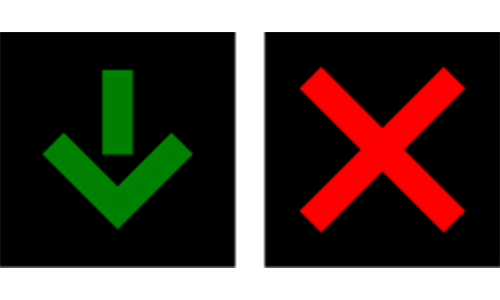
Green arrow means lane open, red ’X’ means closed. Used in tunnels, bridges, and dynamic lanes.
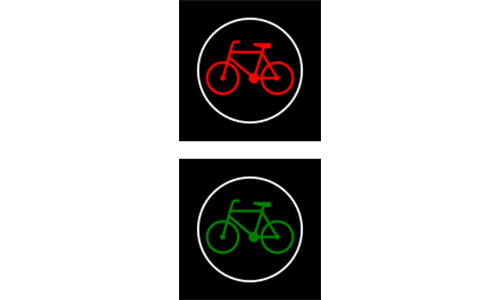
Separate signal for cyclists. Green bicycle means go; red circle means stop, independent of vehicle lights.
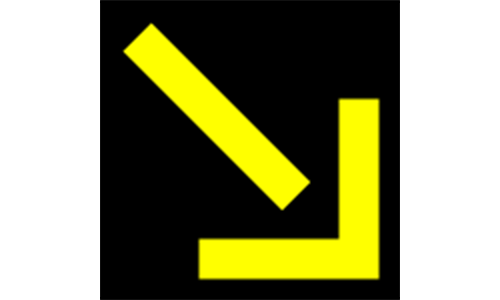
Used in roadworks or rerouting. Guides traffic to shift right or follow a temporary diversion.
 Pass the Exam easily with Premium Practice Tests | Unlock All with 7 Days Plan
Pass the Exam easily with Premium Practice Tests | Unlock All with 7 Days Plan  Offer Ends in
Offer Ends in 
